SUMMARY
This is AI generated summarization, which may have errors. For context, always refer to the full article.
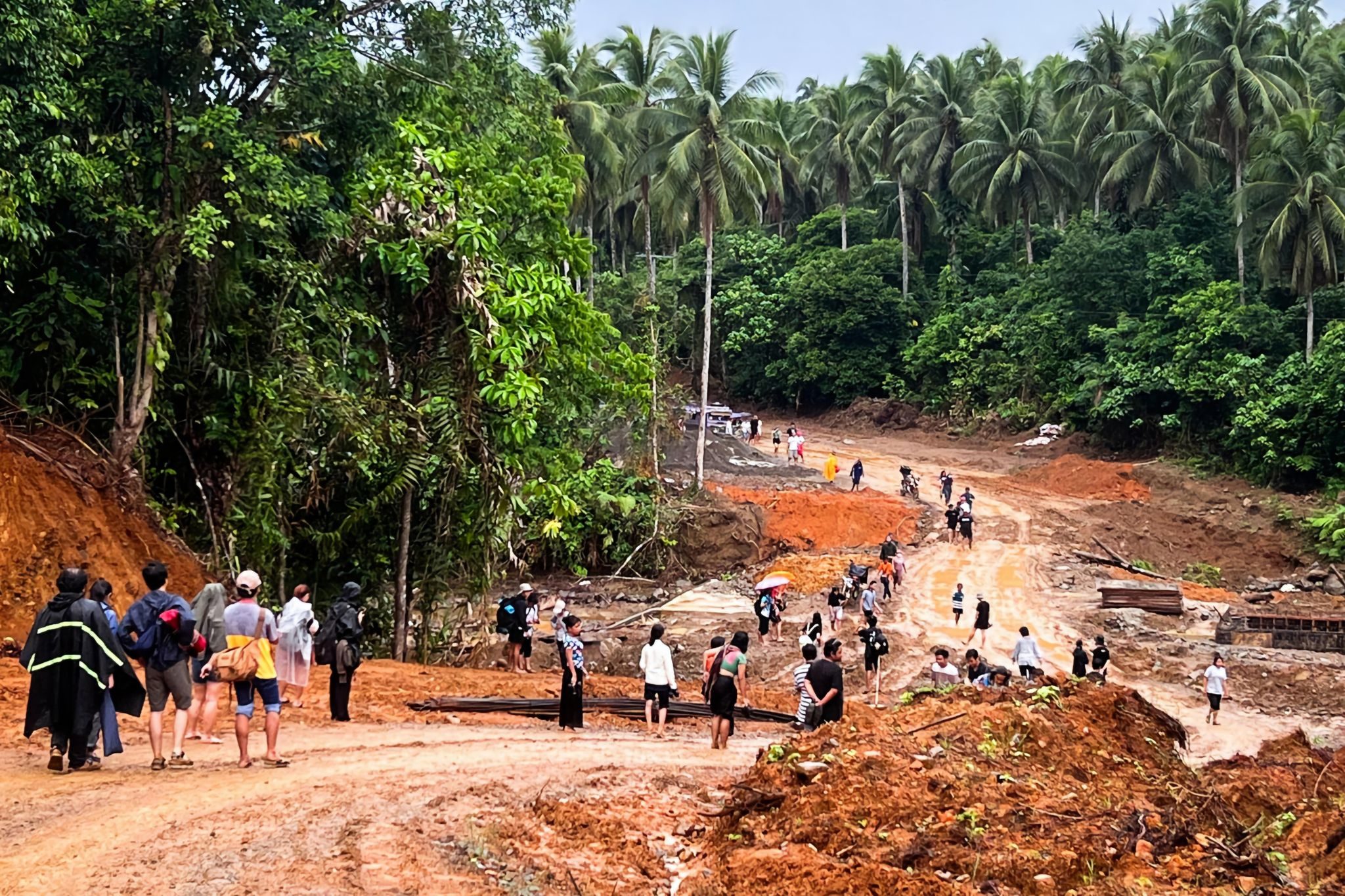
BAGUIO, Philippines – One popular belief has it that the Sierra Madre is some sort of a force field dome that protects humans from bad weather. That is a myth.
Typhoons are getting stronger, the mountain range and communities are under threat from destructive activities, and indigenous peoples are becoming more vulnerable to climate change.
Wilma Quiterrez recalled a time when her community in General Nakar, Quezon, could supposedly tell when a typhoon or strong rain was coming.
“In the past, it seemed like we didn’t feel the typhoons,” the 37-year-old Agta-Dumagat environmental activist said.
Their ancestors, she said, taught them how to tie their houses down or when to move to the other side of the mountain to protect themselves from the wind.
A November 2004 flash flood that devastated the towns of Real, Infanta, and General Nakar changed everything. It made them realize that the battle goes beyond climate change.
The government and environmental groups blamed illegal logging and land conversion for the disaster that left over 1,000 people dead and more than a thousand injured.
“But now it’s not the same. The weather changes suddenly, there are excessive floods, and droughts are frequent,” Quiterrez lamented.
“We lost our 19-hectare communal rice field to the flood. Even the daily resources we used, such as shrimp and fish, disappeared because their habitats were destroyed,” she added.
The climate’s unpredictability reduced the community’s ability to safeguard themselves against natural hazards and limited some vital indigenous practices.
“We can no longer practice some of our cultural traditions, such as using medicinal plants from nature, many no longer grow due to the changing climate. The plants used to strengthen the bodies of pregnant women and infants are now difficult to find,” she said.
It also disrupted crop cycles and reduced their harvests. Erratic winds have prevented them from fishing in the sea. Forest animals like deer also became scarce.
Save Sierra Madre convenor Marcelino Tena also notes extreme changes in their environment in almost the same period.
“Frequent storms, extreme rainfall and heat, strong winds, flooding, and rising water levels,” was how the 60-year-old Dumagat-Remontado leader characterized the shift, which affected one of their main livelihoods: honey collection.
“Climate change has led to the depletion of primary flowering plants and trees, disrupting the habitats of honeybees,” he said.
Crumbling wall
The Sierra Madre, considered Luzon’s backbone, holds half of the country’s old-growth forests and spans over 500 kilometers.
Artemio Antolin, executive director of the Tuguegarao-based Environment and Development Alternative Solutions Services, said the Sierra Madre biodiversity corridor is the heart of Luzon’s biogeographic region.
“The corridor has a land area of approximately 1.4 million hectares spanning three regions (Region II, III, and IV) and is embraced by nine provinces (Cagayan, Isabela, Nueva Vizcaya, Quirino, Nueva Ecija, Aurora, Bulacan, Rizal, and Quezon),” he said. He did not include Laguna, which is at the foot of the mountain range.
“Such enormous geographic coverage encompasses perhaps the greatest number of protected areas in the country; all in all, 68, including national parks, watershed forest reserves, natural monuments, marine reserves, protected landscapes, and seascapes,” Antolin added.
But beneath the canopy of trees, big-ticket investments and land use conversion are increasingly impairing Luzon’s great “typhoon barrier” and threatening indigenous peoples’ communities. Deforestation has continued, including in designated protected areas.
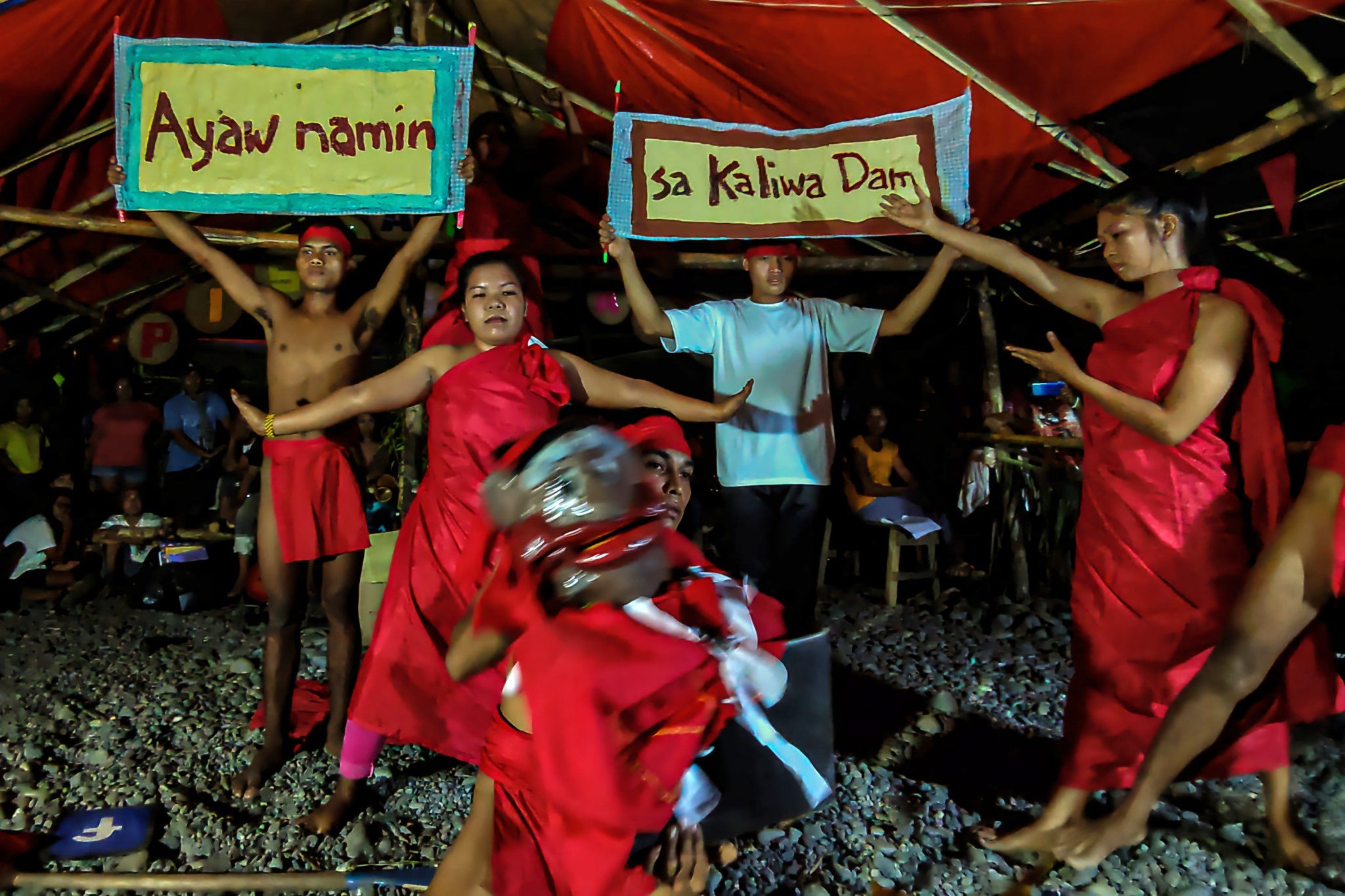
A study by scientists from the University of the Philippines and the National Aeronautics and Space Administration in the United States said forest loss in the range increased from 2011 to 2018, negating reforestation efforts.
Meanwhile, a recent report by the Legal Rights and Natural Resources Center noted policy loopholes allowing destructive activities in watersheds. It cited land development projects threatening the Masungi Georeserve.
Tyrone Bayer, campaign and advocacy officer of the Philippine Task Force for Indigenous Peoples, pointed out a policy gap.
“Although logging is not allowed in many parts of the Sierra Madre, this remains a threat if the (Department of Environment and Natural Resources) continues to give Timber Licensing Agreements and Social Industrial Forest Management Agreements to private corporations and entities,” he said.
The entry of quarry and mining companies and real estate developments has aggravated forest loss. Massive flooding and landslides in areas straddled by the range in the past years show its deterioration.
Notable was the flood brought by Typhoon Ulysses, which submerged Marikina City and other Metro Manila areas in November 2020. The aftermath forced the provincial government of Rizal and DENR to suspend industrial quarry operations and launch a probe.
As of December 2022, Mines and Geosciences Bureau records show at least two metallic mines and 57 quarries operating in the mountain range and its foothills. These are the Dinapigue nickel mine in Isabela, iron ore extraction in Doña Remedios Trinidad, Bulacan, and quarries for shale, basalt, and limestone mostly in Bulacan and Rizal provinces.
Filipino climate scientists Gerry Bagtasa and Bernard Alan Racoma wrote the article “Does the Sierra Madre Mountain Range in Luzon Act as a Barrier to Typhoons?” debunking the claim that the Sierra Madre shielded the communities, also underscored that protecting the Sierra Madre and Cordillera ranges should be the most important thing to do now.
“We believe it is more crucial to highlight the fact that both the SMMR and the (Cordillera Mountain range) are key biogeographic regions, housing rich and unique flora and fauna that are of significance to the Philippines and the world,” they said.
“Unfortunately, these mountain ranges are continuously threatened due to irresponsible logging and mining, swidden agriculture, and other human activities. Rather than focusing our conversations on the mountain ranges “protecting” us from the impacts of (tropical cyclones), we should instead shift the discourse to protecting these mountain ranges from anthropogenic impacts,” they added.
‘Greatest threat’
For Tena, Quiterrez, and Alta-Dumagat environmental activist Kakay Tolentino, government and corporate projects pose the greatest threat to the Sierra Madre. According to them, aside from the negative impact on the environment, these displace indigenous communities.
The onslaught of Typhoon Karding (Noru) in September 2022 bolstered calls from environmental and indigenous peoples’ groups to stop dam projects and other land use conversion in the range.
The Kaliwa Dam in the Rizal-Quezon boundary, the Ahunan Dam in Laguna, and the Pacific Coast Cities Project (PCCP) are among the projects being opposed by the communities and advocacy groups.
The PCCP involves the development of 80,000 hectares in the municipalities of Dingalan in Aurora and General Nakar in Quezon for industrial and economic zones, educational centers, and tourism areas.
Tolentino said the project threatens “the socioeconomic, political, and cultural aspects of the Dumagats.”
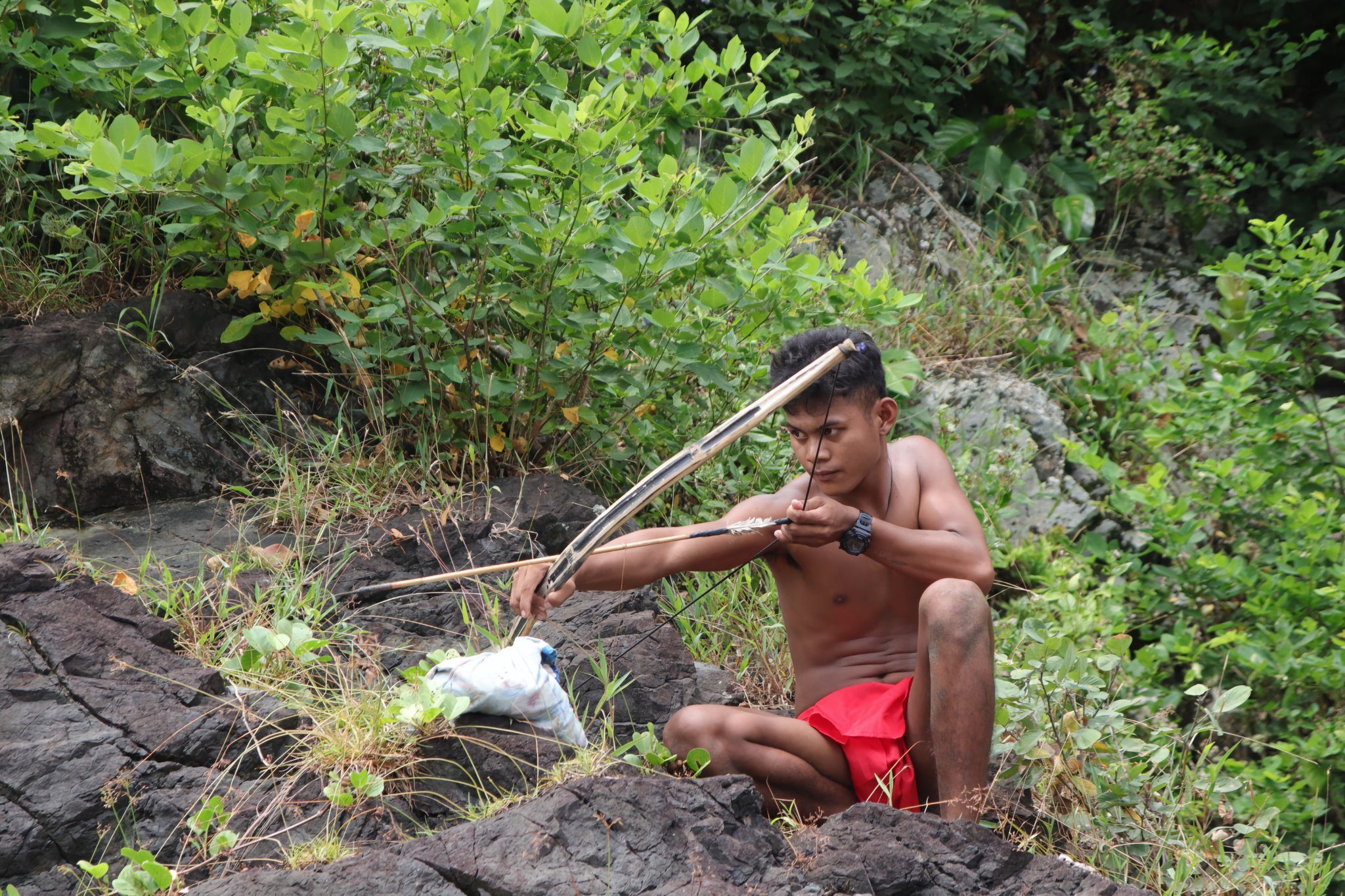
“The construction of roads and highways towards the Pacific Ocean cutting across the Sierra Madre is linked to the Pacific Coast City,” she said.
“This, along with the Kaliwa Dam, would spell the displacement of the semi-nomadic Dumagat. It will destroy all aspects of our indigenous life – our hunting and gathering for food and products, our fishing practice… the Dumagats will vanish,” Tolentino added.
Haribon Foundation said the construction of the Kaliwa Dam would also destroy endangered flora and fauna and cause irreparable damage to the environment. In its Environmental Impact Statement, proponent Metropolitan Waterworks and Sewerage System identified 67 species listed under the IUCN’s Red List of Endangered Species within the project area.
Meanwhile, residents and environmental groups have raised concerns regarding the 1400-megawatt Ahunan Hydropower Project, which would cover over 300 hectares. They said the dam construction would intensify flooding and worsen the effects of typhoons.
Like Tolentino, Tena sees the Kaliwa Dam as a threat, a form of “land grabbing of indigenous peoples’ lands.”
He believes that big-ticket government projects, like the reservoir, would spell the doom of the Sierra Madre and their communities.
“The Sierra Madre forms the root of our culture, livelihood, and life. We source our food and medicinal plants from here, it’s our home, a sacred burial ground for our ancestors, and a place of worship,” he said.
The Sierra Madre, he said, is crucial for the physical and cultural survival of the indigenous peoples, and their presence in its forest and foothills is essential to its protection and conservation. – with reports from Frank Cimatu/Rappler.com
This story was produced with support from Internews’ Earth Journalism Network.
Add a comment
How does this make you feel?
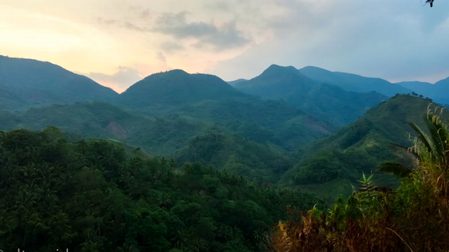


![[Newspoint] Willful indifference](https://www.rappler.com/tachyon/2024/05/np-willful-indifference-05032024.jpg?resize=257%2C257&crop=270px%2C0px%2C720px%2C720px)
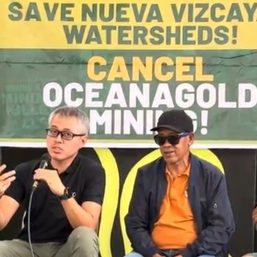



















There are no comments yet. Add your comment to start the conversation.